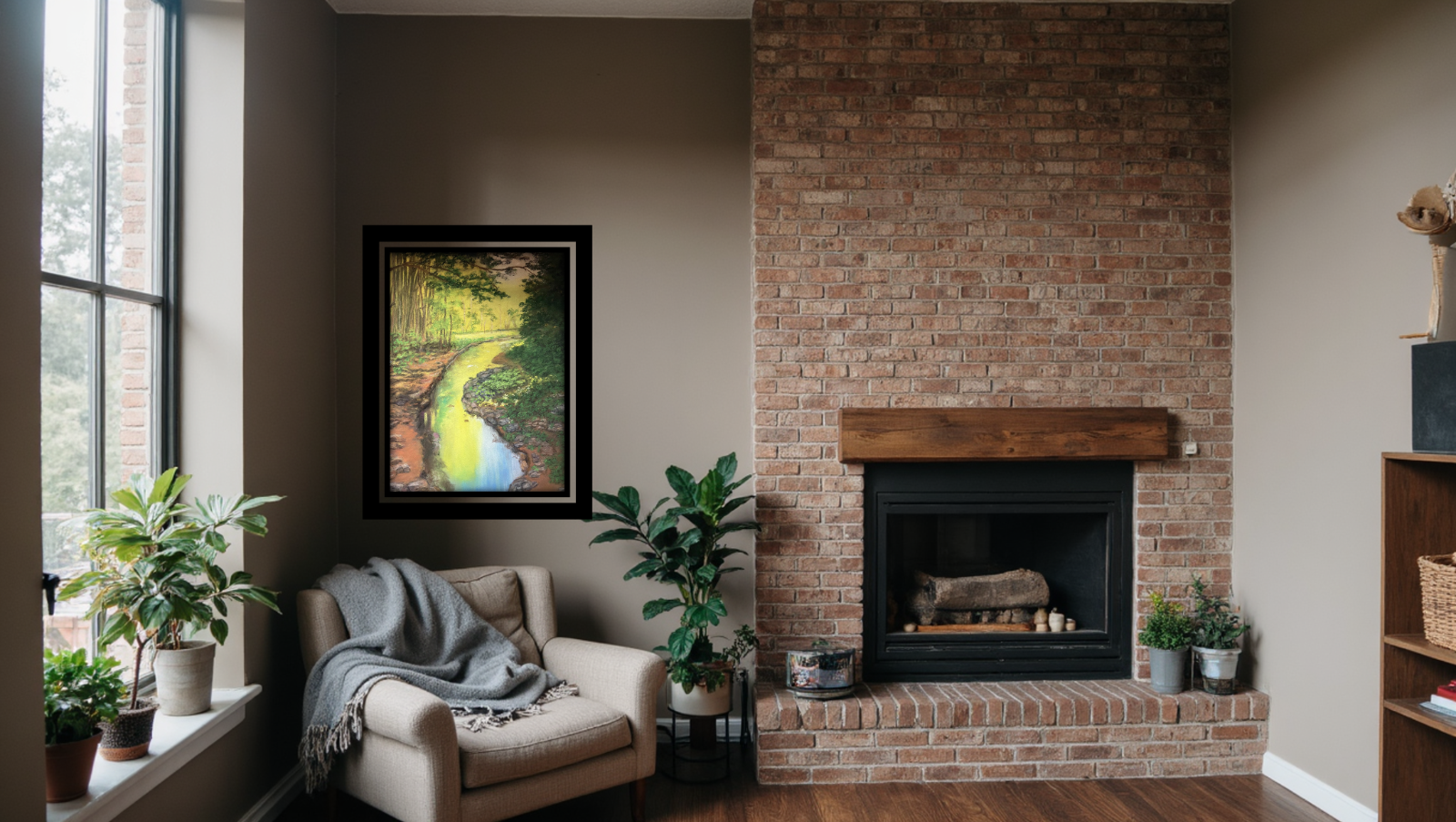Discover Inspirational Art In Many Forms of Multi media
My Acrylic and Oil Painting Process
The canvas types I use for all of my inspirational art are quality cotton and linen framed or panel canvases. I also use linen and cotton pads. All products I use are archival including Golden acrylic paint and Gamblin oil paint. I also use either Golden medium for acrylics to thin my paint or water. I use Gamsol to thin my paint or a medium to speed up the drying time.

Blending Brushstrokes
While I do make brushstrokes, they are not as thick as those shown above. Parts of my paintings show blended paint, while other areas boast brusthstrokes. I use them to define a part of my paintings. I'll share my process that begins with an underpainting.

A Celebration of Color
I begin with choosing my canvas size and transparent and opaque paints in bright colors and brushes. I begin with acrylic paint. It's important that each of my paintings is a vibrant celebration of color, capturing the beauty and diversity of my imagination.

First Layer Of Paint
Next, I paint over the total canvas with a wash of an appropriate color or colors for the painting. This is done with acrylic paint, so it is watery and drippy. I let it dry before I begin with the next layer of paint, or other mediums such as ink, chalks, stencil, etc.
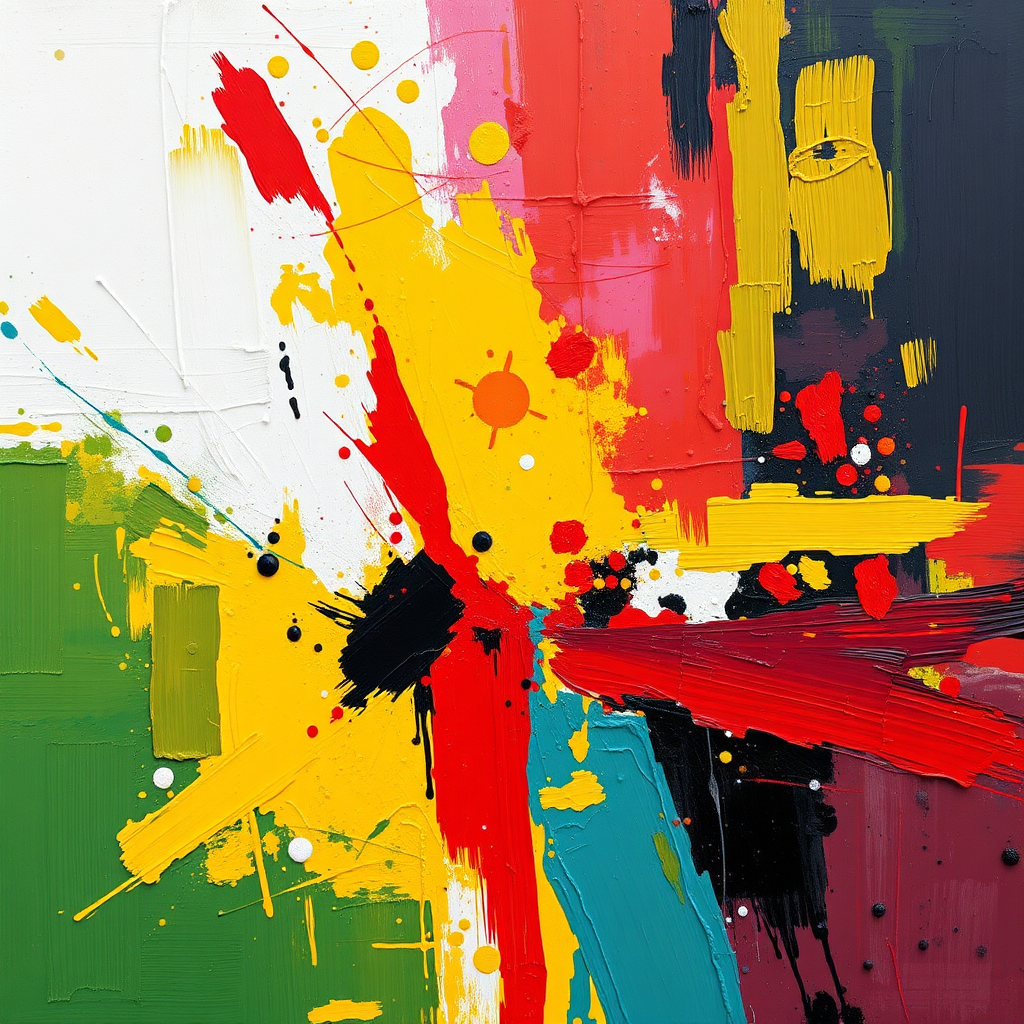
Acrylic Underpainting
I usually begin painting in acrylics and complete the work in oil. I will either begin painting in layers, or use acrylic spray paint, ink, markers, papers, etc. Once dry, I begin the painting leaving parts of the background showing through the layers. However, once I begin using oil paint, I never use anything acrylic because it can cause the oil to crack.
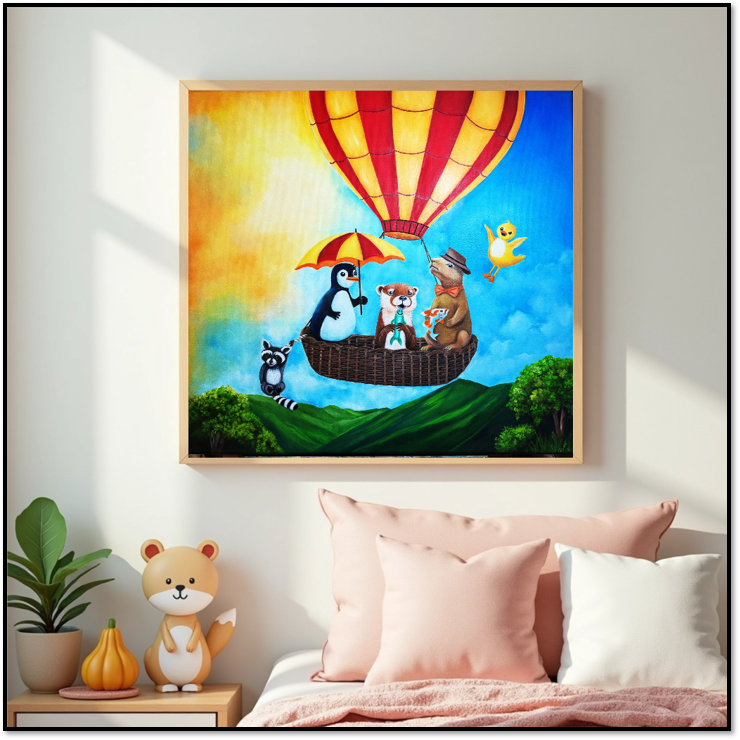
Completing The Painting
I use oil to complete my paintings as shown in the custom painting above that I just completed. I painted over the acrylic paint where needed, with glazing, brush strokes or smoothing. If thick paint is used I give the painting time to dry for up to 6 months. Thinner brushstrokes and layers require only about 2 to 3 months of drying time before varnishing.

Drying and Varnishing
When the oil is dry on my paintings, I clean the surface with a Gamblin medium. I use various vanish finishes depending on the painting. I like to use a matt varnish for most of my paintings or a semi gloss. I also use gloss for small landscapes or whimsical paintings. I rarely sell my paintings with a frame, but there are times when a special frame seems appropriate.
My Soft Chalk Pastel Painting Process
For the smooth painterly results I enjoy from this medium requires the use of a 5 or 6 grade sanded paper made specifically for the chalk pastels. While the paper is expensive, it yields what I feel are the best results, especially when using water or alcohol. Another purpose for using this paper is that I can paint 9 or 10 layers with great results. I can also use more layers to add various textures such as the strata effect for ground areas in landscapes ( see painting displayed above).
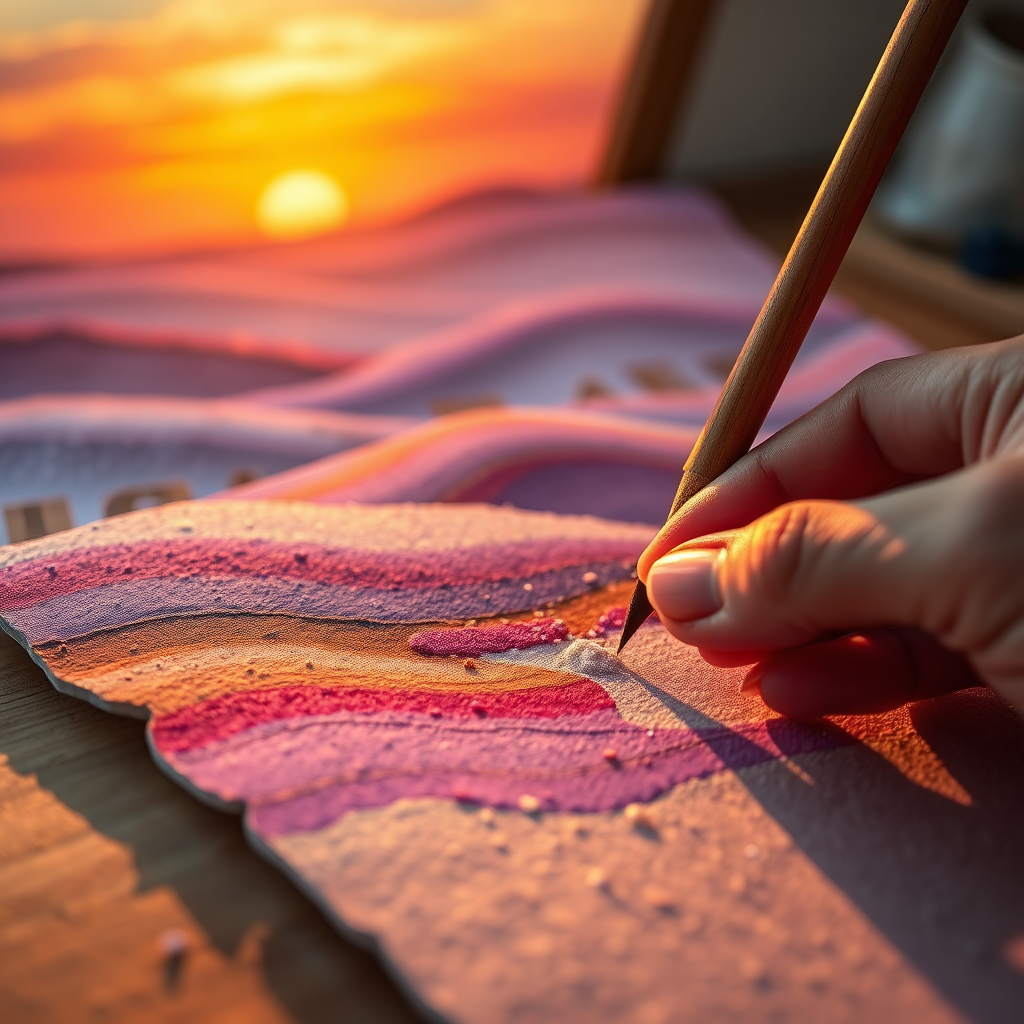
Soft Chalk Underpainting
I use soft chalk pieces, soft chalk pencils and Pan Pastels which all work together for the creation of my chalk paintings. I begin with an underpainting of pan pastels, using a brush for application. When I have the colors I need to show through my painting, I apply water or alcohol over the paper and let it dry.

A Celebration of Color
I choose my brightest colors for landscapes and portraits because dark colors appear to dark in a room when the lights are off with this medium. I want my chalk paintings to be bright. For custom portraits I use the colors shown in the images given me unless otherwise stated. I continue until project is complete.
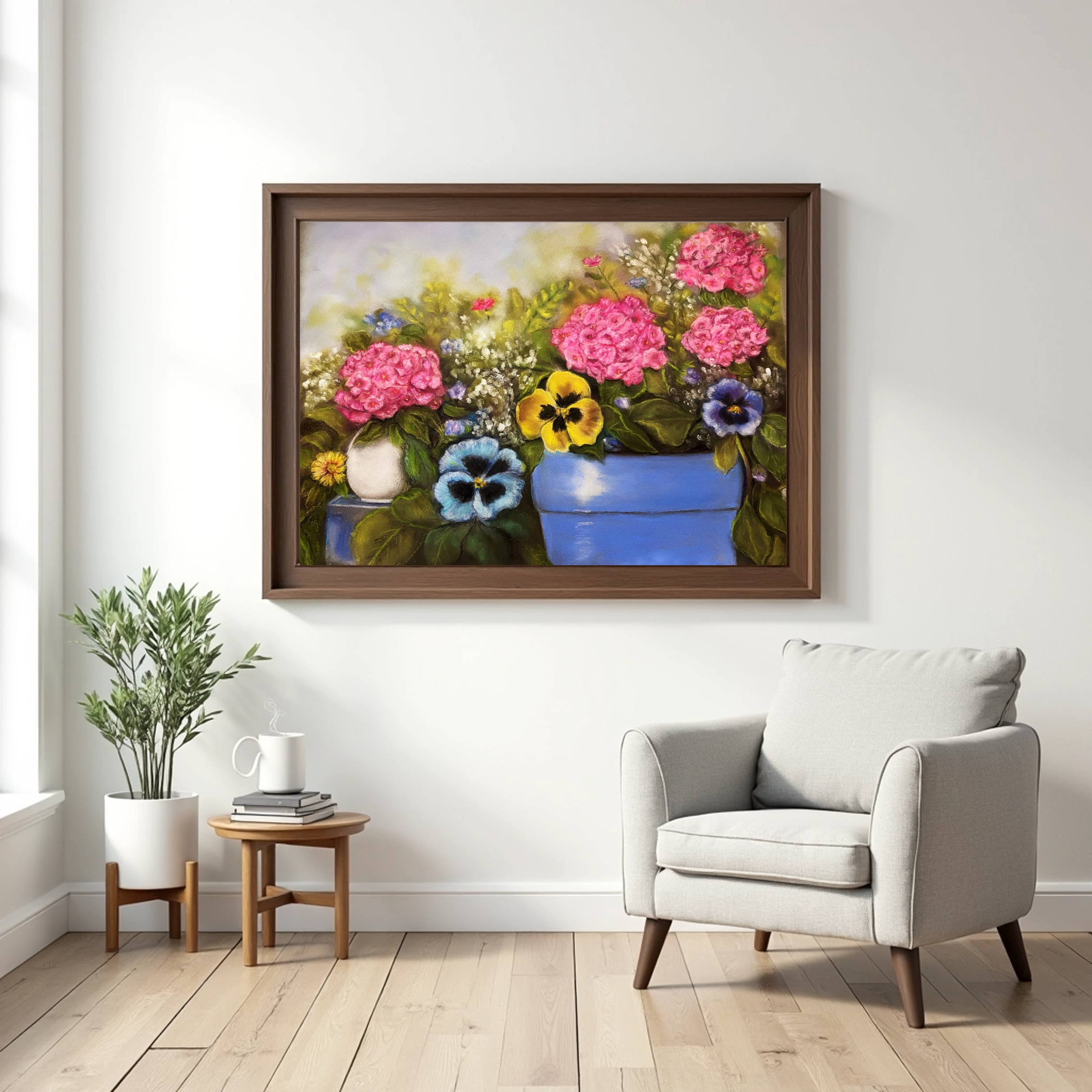
Completion
Once I complete a painting in this medium, it's ready to be framed. I no longer use a soft chalk fixative because it darkens the painting. I keep them safe by blotting them with a newspaper print paper. Then I preserve them in a frame or cover them with glassine paper on the painted side for shipping.
Finding Beauty In
Inspirational Art


